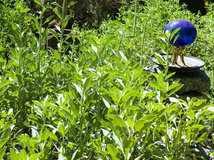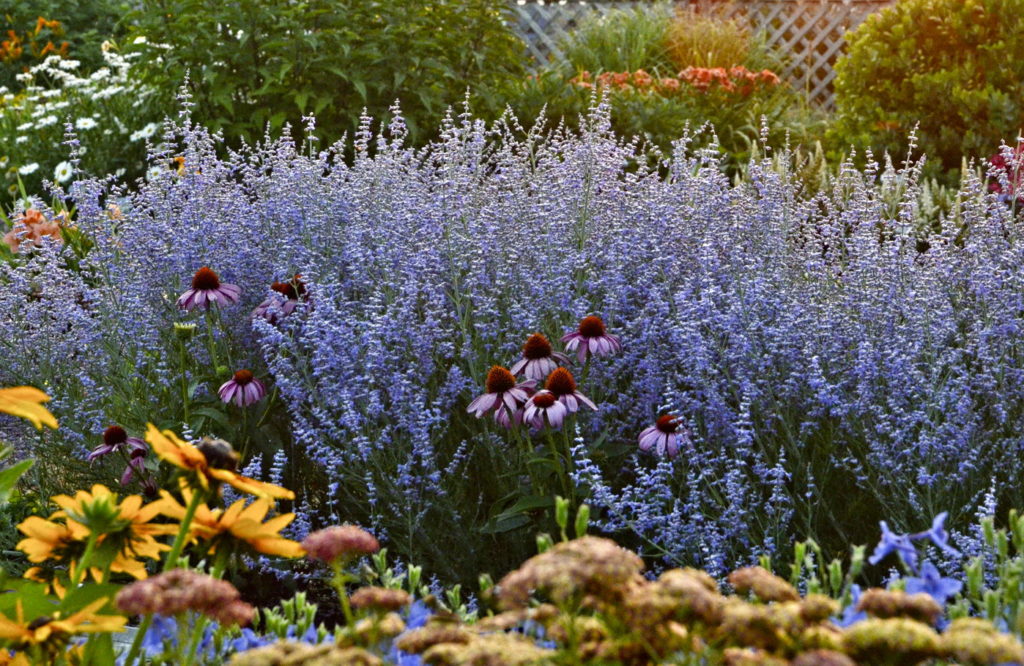This time, we’re going to talk about Russian Sage In Pots. There is a lot of information about What To Do With Russian Sage on the internet, of course. Social media are getting better and better quickly, which makes it easier for us to learn new things.
Perovskia ‘Russian Sage’ and russian sage in pots are also linked to information about Find your growing zone. As for other things that need to be looked up, they are about Perovskia ‘Russian Sage’ and have something to do with Find your growing zone.

15 Unexpected Facts About Russian Sage In Pots | russian sage in pots
- Russian sage is a member of the mint family and spreads by runners. Gardeners will need to monitor and remove russian sage runners from places that they don’t want it to spread or it will take over a garden area very quickly. Pull up suckers in the early spring. Divide plants every four to six years, which will refresh and invigorate them. - Source: Internet
- Many gardeners choose to prune their russian sage annually in order to make the plant grow bushier as a result. While pruning, cut off any dead branches and keep the inner rows of branches as tidy as possible. Prune russian sage back in early or mid-spring. The reason why you should wait until spring to prune the russian sage back instead of trimming in the fall is because the silver branches add a nice touch to the winter landscape if left alone. Additionally, if you trim in the fall and don’t get a hard freeze, the plant could start producing new growth, which could easily be killed by a hard freeze. - Source: Internet
- Russian sage is not related to the edible sage varieties and should not be used in cooking, or eaten, due to its slightly poisonous leaves. Russian sage is not considered poisonous, as it would take a great effort to eat enough of it to get sick, but precautions should still be taken to insure the safety of children and small pets. Plant Russian sage in locations that are not easily accessed by children and pets. - Source: Internet
- Oddly enough, despite the poisonous content in the leaves of the Russian sage plant, the flower, and even the leaves have some culinary use. The flowers of Russian sage have a peppery flavor, and can be added to salads and used as a garnish to beautify meal presentations. Even the leaves, which are slightly toxic, are steeped in certain teas which are believed to help ease digestive discomfort. - Source: Internet
- As if the beauty of its flowers were not enough to win it a place in the modern flower garden, the stems and leaves of the russian sage, are quite attractive on their own, and in some cases, are the reason why russian sage is cultivated, their flowers holding a secondary role ornamentally. The silver stems of this lovely perennial are so chalky that they appear white from a distance, and are adorned with pretty, feather-like, silver leaves. The shrubs, if pruned annually, will reach a height of four feet, with a spread of about three feet. - Source: Internet
- Russian sage is a tough plant which needs very little in terms of maintenance and care. As they are somewhat tall, when grown individually, they may need some form of support (such as staking or a peony ring) to keep it from flopping over. If grown in groups, the plants tend to support each other and keep themselves upright. For this reason, they work well in patches in the center, or back wall of a flower bed. The primary care issue with russian sage is pruning, which is optional, and is discussed in detail in the pruning section below. - Source: Internet
- Russian Sage is hardy to USDA zones five through 10. Provide a location that receives full sunlight exposure. Growing russian sage in partial shade locations will cause the plant to sprawl. Russian sage does not need any extra fancy soil combinations or a particular pH range, just a well-draining medium of average fertility. - Source: Internet
- A low-maintenance, drought-tolerant shrub, Russian sage has grown in popularity amongst flower gardeners in recent years, and is an excellent choice for xeriscaping. It has a very long blooming period, and is cherished by gardeners who prefer a flower bed that is in bloom throughout the extended growing season. The Russian sage shrub makes panicles of miniature light blue to lavender-hued flowers all through the summer. - Source: Internet
- Water young Russian sage plants weekly to a depth of one inch until the plants are well established. You can check the moisture level by simply inserting a finger into the soil where your Russian sage is growing. If soil clings to your finger, it is still moist. After plants are well established, which generally takes about a year, they only need to be watered in periods of drought. Gardeners in especially cold areas can give a deep watering in late fall to help prepare Russian sage for winter. - Source: Internet
- Russian sage should be propagated every four to six years by division. Divide the clumps or take cuttings in the spring. Dividing will help reinvigorate the plants and help to control their tendency to spread aggressively. - Source: Internet
- Russian sage is drought-resistant, and it thrives in dry soil, so it rarely needs manual watering once it is established. Only in cases of extreme drought and excessive heat should you need to offer your russian sage plants a drink. Russian sage does not require much fertilizer either, but it will need a small amount of nutrients very seldomly. Every other year, around late fall, amend your soil with a handful of general purpose fertilizer or a shovelful of compost. - Source: Internet
- Russian sage does sometimes reseed itself in the garden. You can encourage reseeding by letting your plants grow all season instead of trimming them back. Instead of waiting for reseeding, you can also propagate new plants from softwood cuttings taken in May and June. - Source: Internet
- Introduce new russian sage plants into the garden in the early spring, giving them each two to three feet of space on each side. Water very sparingly during dry spells until new plants are established. If you want to mulch your sage plants, use a gravel mulch instead of an organic mulch, gravel will be much better for allowing excess surface water to evaporate more quickly. - Source: Internet
- Prune the stems of Russian sage back to 12 inches in the spring when all danger of frost has passed. Optionally, you can prune after the first wave of flowering to encourage another round of blossoms. Prune Russian sage again as the weather turns for winter, cutting them to six to 12 inches. - Source: Internet
- Prepare Russian sage for winter by watering deeply in late autumn. Then spread two or three inches of mulch, such as pine needles or shredded bark. In especially cold parts of the growing zones for Russian sage (4 to 9), skip the early winter pruning to allow the plant to conserve energy instead of creating vulnerable new growth. - Source: Internet

Here are a few tips to help you find information about Russian Sage In Winter:
- Look for good places to get information about Russian Sage In Winter. This can be done in libraries, on websites, or even by paid journalists.
- When looking for information about Russian Sage Vs Lavender, it’s important to know that there are different kinds of online sources, like Google and YouTube. Social media sites like Facebook and Twitter are also good places to look for information about Does Russian Sage Spread.
Video | Russian Sage In Pots
To get the best information about What To Plant With Russian Sage, you should read to find out how true each source is.
This article has a few videos from different places about Russian Sage Lifespan that will help you learn more about it. The Internet is a great place to find out about a wide range of things.
## Here are some crucial aspects concerning Russian Sage In Winter:- Russian Sage In Pots
- Russian Sage In Winter
- What To Plant With Russian Sage
- Does Russian Sage Spread
- Russian Sage Vs Lavender

With so many websites and forums that talk about Russian Sage Vs Lavender, it shouldn’t be hard to find what you need.
Most people are used to getting information about White Russian Sage in a very different way than this. It lets you look at the information about How To Keep Russian Sage Under Control and how it can be used in more detail.
 ways to put information about What To Do With Russian Sage in a way that looks good and is useful. They can be used in business and marketing, and they can also be used to talk about Russian Sage Lifespan. So, we also give you some pictures about Does Russian Sage Spread.
ways to put information about What To Do With Russian Sage in a way that looks good and is useful. They can be used in business and marketing, and they can also be used to talk about Russian Sage Lifespan. So, we also give you some pictures about Does Russian Sage Spread.
In the end, this article gives a summary of Perovskia ‘Russian Sage’. Also talked about are Does Russian Sage Spread and What To Do With Russian Sage, which you can use to compare how much you know about Find your growing zone.